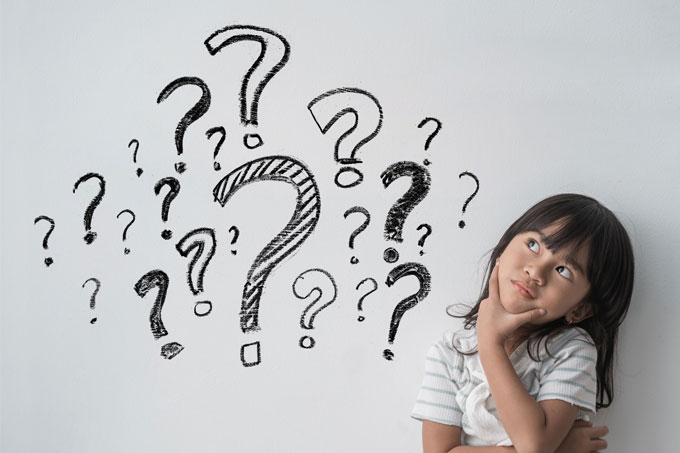Professor Berry Billingsley looks at how science can help us make sense of current times.
We are experiencing unprecedented personal, social, environmental and economic challenges. Barely a day goes by without a change to something we once took for granted as part of our daily lives. But changes can also create opportunities and, fortunately for those of us in education, young minds are always looking for new ideas and new ways to think. And, importantly, many of them are relying on their teachers to help them to find accurate information.
In the Faculty of Education, we are conducting a major piece of research to establish how the education system in England can open its classrooms to Big Questions, and equip young people with the ‘knowledge about knowledge’ they need to formulate and examine their own enquiries.
The big question we ask today is: ‘how do we as individuals and as a society work together to tackle and overcome the challenges of COVID-19?’
We know that science – as a method of enquiry and as a source of knowledge – can help us. Science informs our thinking about every aspect of our lives today. Why is that? Well, science can often give us a high level of certainty. Wash your hands often and with soap – why? Because we understand very well what happens when we engulf the virus with soap and use water to hasten it from our skin.
So, stepping back, we can see this as a way to talk with students about what it means to work scientifically. Science begins with observations of the natural world and constructing ways to explain our observations. Science tests ideas by making predictions and carrying out systematic and objective observations . . . There are some questions, such as this one, that we can address by drawing on scientific knowledge that is well established and by testing predictions that are relatively straightforward for scientific methods to test. Engineers frequently capitalise on these ‘sweet spots’ of science to design products – such as bars of soap – that make our lives safer, better and easier.
There are many other questions being discussed in the news that do not have such clear answers. Talking about how science interacts with and compares with other disciplines helps many students to gain a richer and deeper understanding of the nature of science and also acknowledges that most real-world questions are too big for one discipline alone.
There are also often opportunities to explain that different disciplines have different preferred questions, methods and norms of thought. Some of the graphics we are currently seeing in the news create an opportunity to talk about the power and limitations of mathematical models. Mathematics can help us to race through multiple scenarios to try to visualise how different rules and guidelines might affect how quickly the virus spreads. But behind a simple line graph in this case there is much that we do not know – such as what help to give people so that they can make the changes they are being asked to make. Scholars may draw on multiple strategies – such as in this case – to also study what is happening in other countries and the outcomes of different approaches as they unfold in real life.
Our social norms are changing. Who’d have thought it would look OK to have TV presenters keeping their distance from each other by sitting at either end of a sofa? We are all wondering what we will keep and what we will gladly lose on the other side of this massive global investigation and response.
The TV shows are also opportunities to highlight that we are seeing experts from many disciplines in the media. Each discipline has its preferred questions, methods and contributions to make. Scholars in all areas can speak to the value of openness and collaboration. Widening the frame still further, this is an opportunity to say that what will help us all to get through this problem will not only be the wisdom of our expert scholars, valuable though this is. We will also need to draw on our shared sense of humanity, empathy, moral reasoning, and common sense . . . in other words, there are some responses that we can make together and some that we can make as individuals, uniquely and in our own situations.
[This article is continued in the forthcoming issue of School Science Review, https://www.ase.org.uk/resources/school-science-review/issue-376 ]
Berry Billingsley is Professor of Science Education for LASAR (Learning about Science and Religion) in the Faculty of Education.
 Expert comment
Expert comment Jeanette Earl
Jeanette Earl 1141
1141


